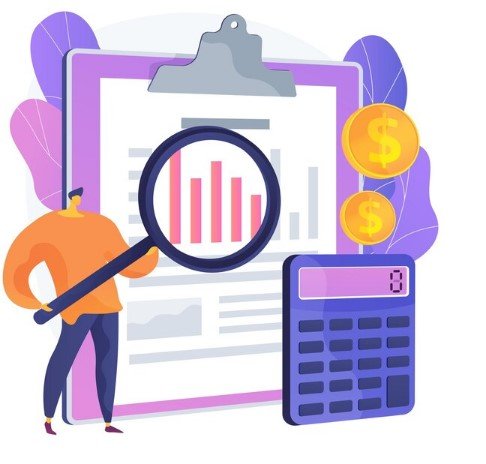In the intricate tapestry of global finance, regional finance stands as a pivotal thread, weaving together the economic landscapes of specific geographic areas. Defined by its focus on the financial activities and systems within distinct regions, regional finance plays a crucial role in fostering local economic growth, managing resources effectively, and addressing unique challenges and opportunities.
Understanding Regional Finance
At its core, regional finance encompasses the financial operations and strategies tailored to the specific needs and dynamics of a particular region. These regions can vary widely in scope, ranging from small rural communities to expansive metropolitan areas, each presenting its own set of economic conditions and development goals.
The objectives of regional finance often revolve around:
- Local Economic Development: Stimulating economic growth within the region through targeted investments, incentives for businesses, and infrastructure development.
- Resource Allocation: Efficiently managing financial resources such as budgets, taxes, and grants to maximize their impact on local communities.
- Risk Management: Mitigating financial risks that are unique to the region, such as exposure to natural disasters or dependence on specific industries.
Key Components of Regional Finance
1. Financial Institutions and Services
Regional finance relies on a network of local banks, credit unions, and financial service providers that cater specifically to the needs of businesses and individuals within the region. These institutions play a vital role in providing access to capital, facilitating transactions, and offering financial advice tailored to local conditions.
2. Public Finance
Government entities at the regional level manage public finances through budgeting, taxation, and expenditure planning. This includes funding essential services like education, healthcare, and infrastructure, all of which are critical to the region’s overall economic health.
3. Investment and Development
Investment in regional development projects, such as industrial zones, technology hubs, and tourism initiatives, is a cornerstone of regional finance. These projects aim to attract outside investment, create jobs, and enhance the quality of life for residents.
4. Risk Assessment and Management
Identifying and managing financial risks unique to the region is another key aspect of regional finance. Factors such as environmental risks, political stability, and economic fluctuations must be carefully evaluated and planned for to safeguard the region’s financial stability.
Challenges and Opportunities
While regional finance offers numerous benefits, it also faces significant challenges. These may include:
- Limited Resources: Smaller regions may struggle with limited financial resources and face difficulty in attracting investment compared to larger metropolitan areas.
- Infrastructure Gaps: Uneven development within regions can lead to disparities in infrastructure, access to financial services, and economic opportunities.
- External Economic Factors: Global economic trends and policies can impact regional finance, influencing everything from trade dynamics to currency fluctuations.
Despite these challenges, regional finance presents opportunities for innovation and sustainable growth. By leveraging local strengths, fostering collaboration between public and private sectors, and embracing technological advancements, regions can build resilient financial systems that adapt to change and promote inclusive prosperity.
Looking Ahead
As the world continues to evolve, the role of regional finance will remain essential in driving balanced economic development and ensuring financial stability at the grassroots level. By harnessing local resources, fostering entrepreneurship, and embracing a holistic approach to economic planning, regions can chart a course towards a prosperous and resilient future.
In conclusion, regional finance serves as the bedrock upon which local economies thrive and communities prosper. By understanding its intricacies, addressing its challenges, and seizing its opportunities, regions can build a foundation for sustainable growth and economic well-being for generations to come.

















